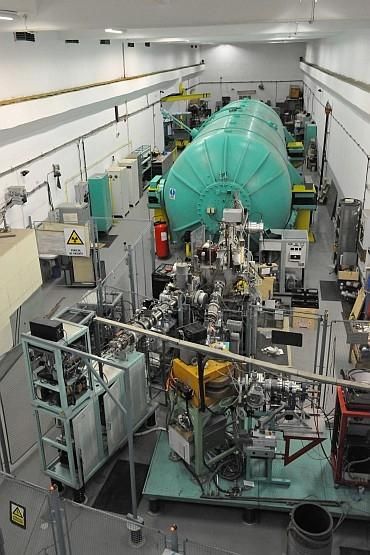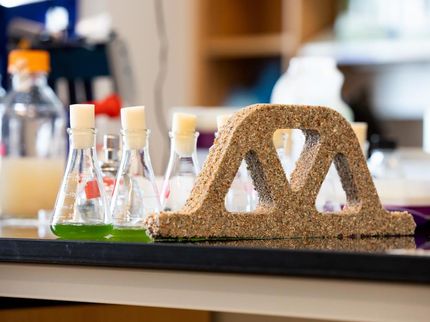Reinforcement of structures with Memory Steel
So far, the steel reinforcements in concrete structures are mostly prestressed hydraulically. This requires ducts for guiding the tension cables, anchors for force transfer and oil-filled hydraulic jacks. The space requirements of all these apparatuses created the geometric framework conditions for every prestressed concrete structure; the strengthening of older structures therefore sometimes fails due to the high space requirements of this proven method.
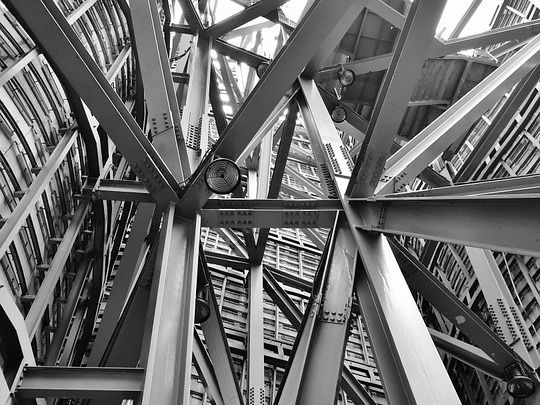
In around 15 years of research work, experts from Empa and re-fer AG have now brought an alternative method to series production readiness: shape memory alloys based on iron, which contract during heating and thus permanently prestress the concrete structure. Hydraulic prestressing can thus be avoided - it is sufficient to heat the steel shortly, for example by means of electric current or infrared radiators. The new building material will be marketed immediately under the name "memory-steel". Several pilot projects, such as the reinforcement of various reinforced concrete slabs, have already been successful.
Development of memory-steel
The development of memory-steel began in the early 2000s. In the previous decades, Empa had already pioneered the strengthening of concrete with carbon fibre reinforced polymers (CFRP). This led to the idea of using shape memory alloys for prestressing concrete. Initial tests with nickel-titanium alloys were positive. However, the material known from medicine is far too expensive for use in the construction sector. In 2009, Empa researchers succeeded in developing an iron-based shape memory alloy, which they also patented. In 2012, researchers around Julien Michels finally founded the company re-fer AG; Michels has been CEO of the young company ever since.
New opportunities for old buildings
Memory-steel should first of all be used for the strengthening of existing buildings. As soon as, for example, new windows, doors or lift shafts are installed in the concrete structure of an old building, a new reinforcement of the load-bearing structure is often unavoidable. In industrial buildings, the load-bearing capacity of an old suspended slab sometimes has to be increased. Thanks to memory-steel, such tasks can now also be easily solved in confined spaces: Either a strip of special steel is fastened under the ceiling using dowels and then heated with electricity or an infrared radiator. Alternatively, the reinforcement can also be set in concrete: First a groove is milled into the surface of the concrete slab, then a ribbed reinforcement bar made of memory-steel is inserted into the groove and filled with special mortar. Finally, the profile is heated with the aid of direct current and thus prestressed. Another variant is to embed the reinforcement bar in an additional shotcrete layer.
Precast concrete elements with special geometry
In the future, memory-steel could also be a proven method for manufacturing precast concrete parts with a previously unknown geometry. The hydraulic prestressing used up to now creates friction in curved structures, which greatly limits the use of this method. With a memory-steel profile embedded in concrete, highly curved constructions are now also possible: when heated, the profile contracts uniformly over its entire length without friction losses and transfers the stress to the concrete.
Market launch of memory-steel
The ready-to-install memory-steel profiles are manufactured by Voestalpine Böhler Edelstahl GmbH & Co KG in Austria. The company is also working with re-fer and Empa to further develop the composition of the alloy.
The new building material memory-steel will be presented to interested building experts and architects during four technical seminars. Contact persons include experts from re-fer, Empa researchers, concrete experts from Sika AG and concrete profile manufacturer Stahlton AG.
Original publication
Other news from the department science

Get the chemical industry in your inbox
By submitting this form you agree that LUMITOS AG will send you the newsletter(s) selected above by email. Your data will not be passed on to third parties. Your data will be stored and processed in accordance with our data protection regulations. LUMITOS may contact you by email for the purpose of advertising or market and opinion surveys. You can revoke your consent at any time without giving reasons to LUMITOS AG, Ernst-Augustin-Str. 2, 12489 Berlin, Germany or by e-mail at revoke@lumitos.com with effect for the future. In addition, each email contains a link to unsubscribe from the corresponding newsletter.
Most read news
More news from our other portals
Last viewed contents
Laser_applications
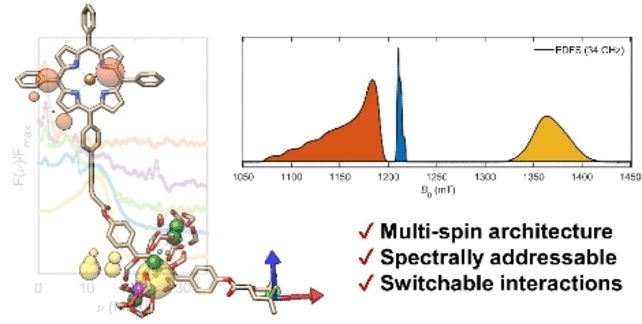
Spectroscopically Controlled Quantum Bits - A molecular multi-qubit model system for quantum computing
Diverse Functionalities Make Surfactants the Favourite Additive in Various Applications

Researchers overview recent progress and challenges in silicon-based anode materials for lithium-ion batteries
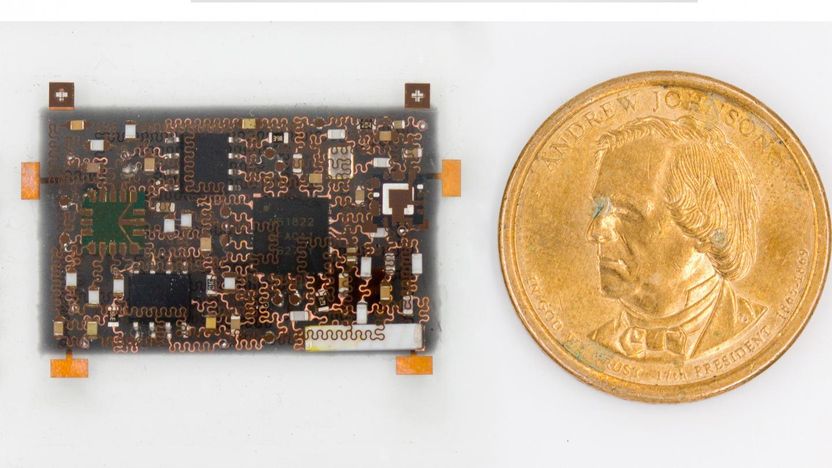
'Building up' stretchable electronics to be as multipurpose as your smartphone

Models for molecules show unexpected physics - Rice engineers show spinning magnetic particles surprisingly follow thermodynamic laws
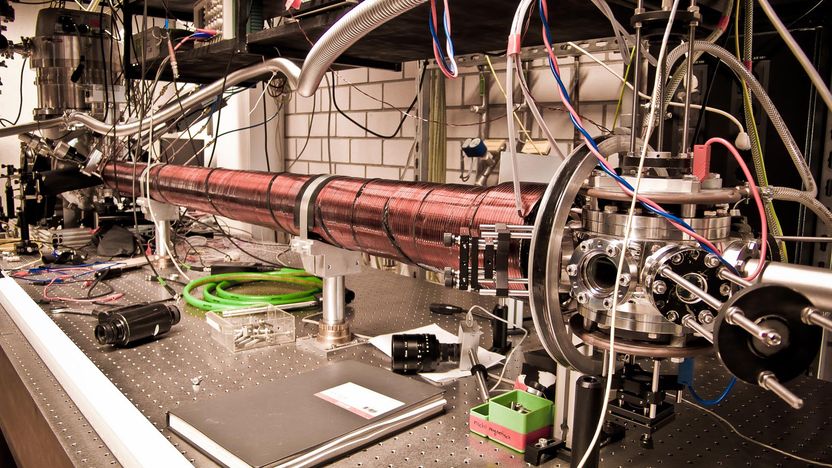
Help in the Search for the Needle in the Haystack - Physicists render usable method for detecting extremely rare inert gas isotopes for water dating
Category:EC_1.7.1
